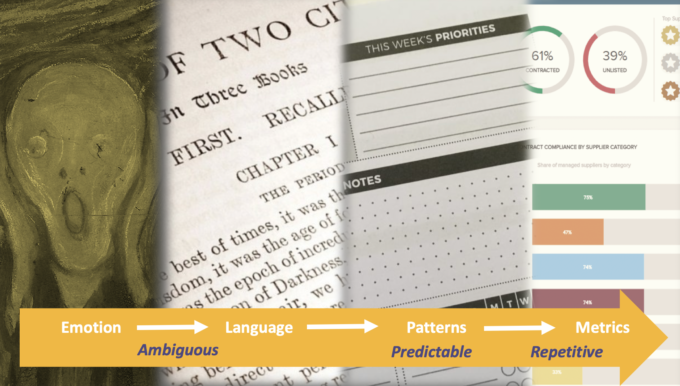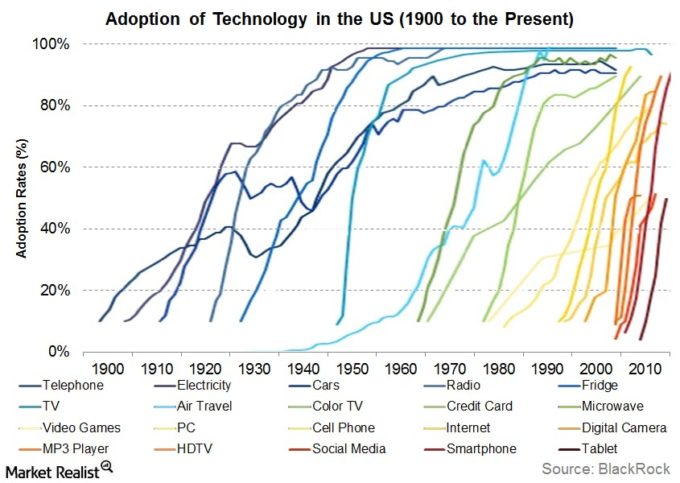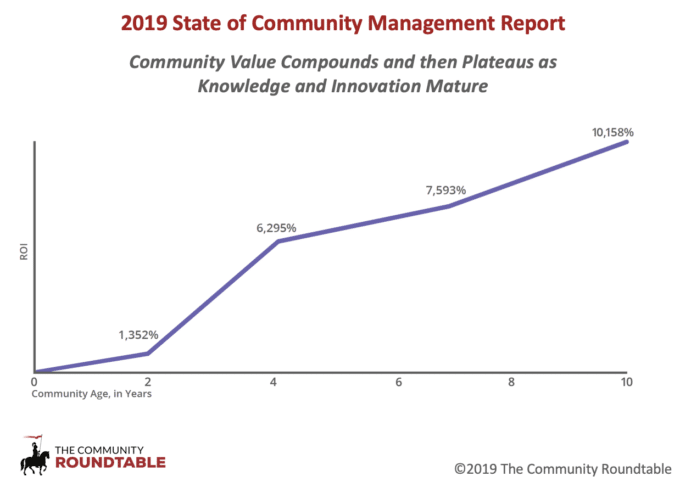In 2021, online communities are table stakes for brands that want to connect and engage with their audience.
Community professionals are now handed the task of not just connecting with a brand’s audience, but deciding what kind of engagement is needed, and how to build a long-term strategy to foster and maintain that activity.
Today, customer communities typically fall into one or more of three core categories: support communities, brand marketing communities, and innovation communities.
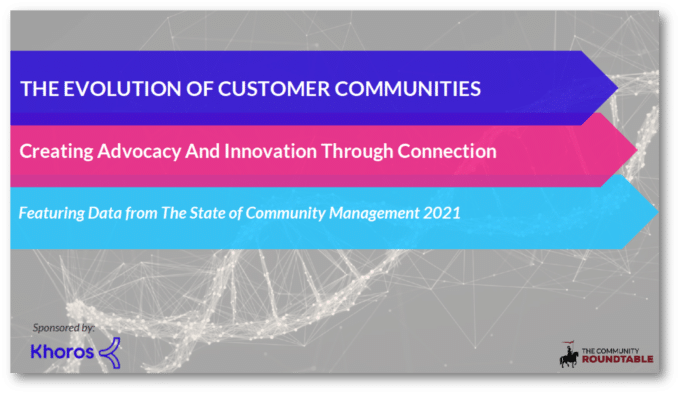
We partnered with Khoros to explore these three community types, and to look at how community professionals can make their customer communities more valuable to their brands.
This ebook takes new, unpublished data from the State of Community Management 2021 and looks at how online customer communities contribute to both audience engagement and satisfaction (like higher CSAT scores) and how they make a meaningful impact on the organizations broader goals.
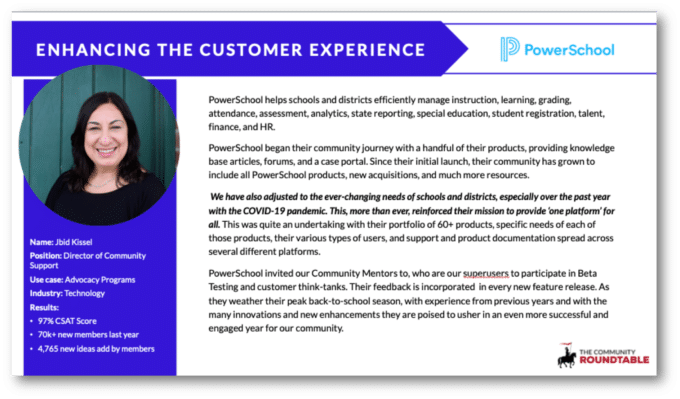
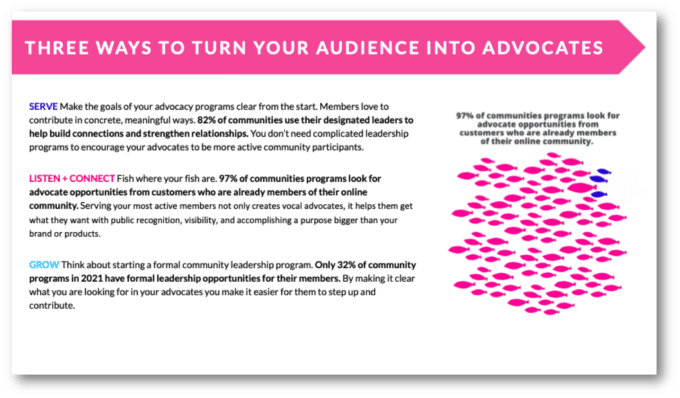
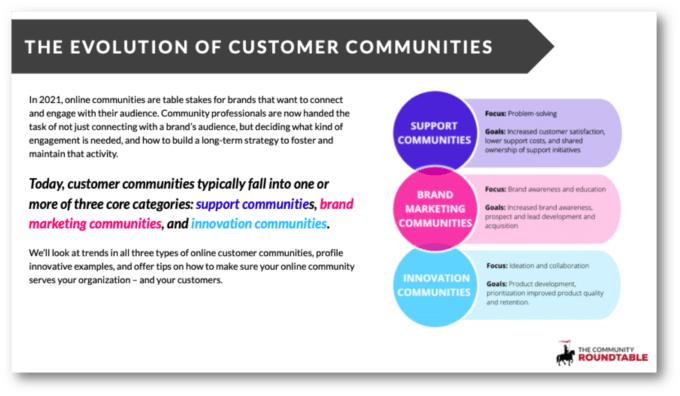
In addition to this new, externally-focused data, we profile three innovative online communities, that are using their customer interactions to drive advocacy, empowerment, and innovation.


